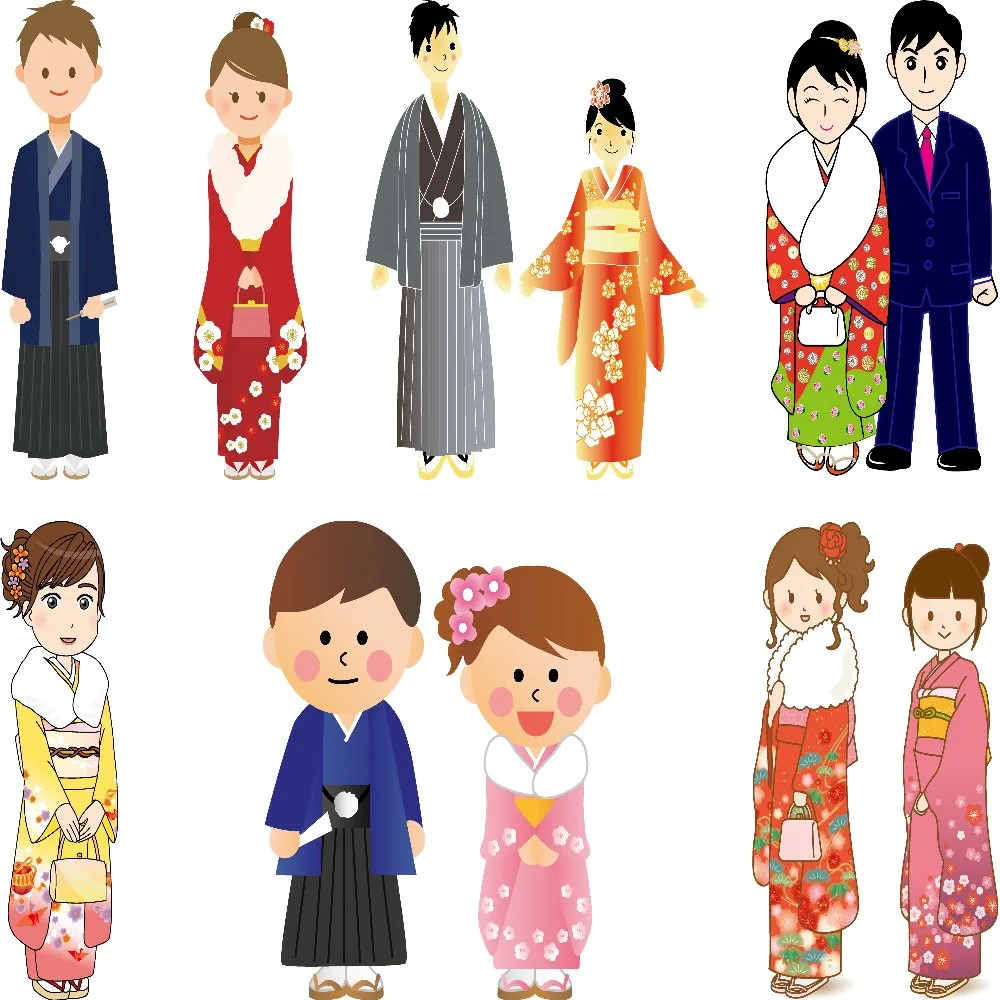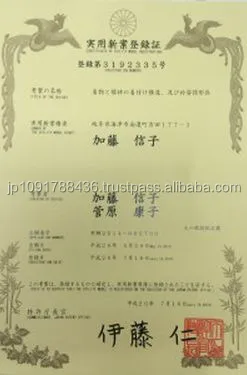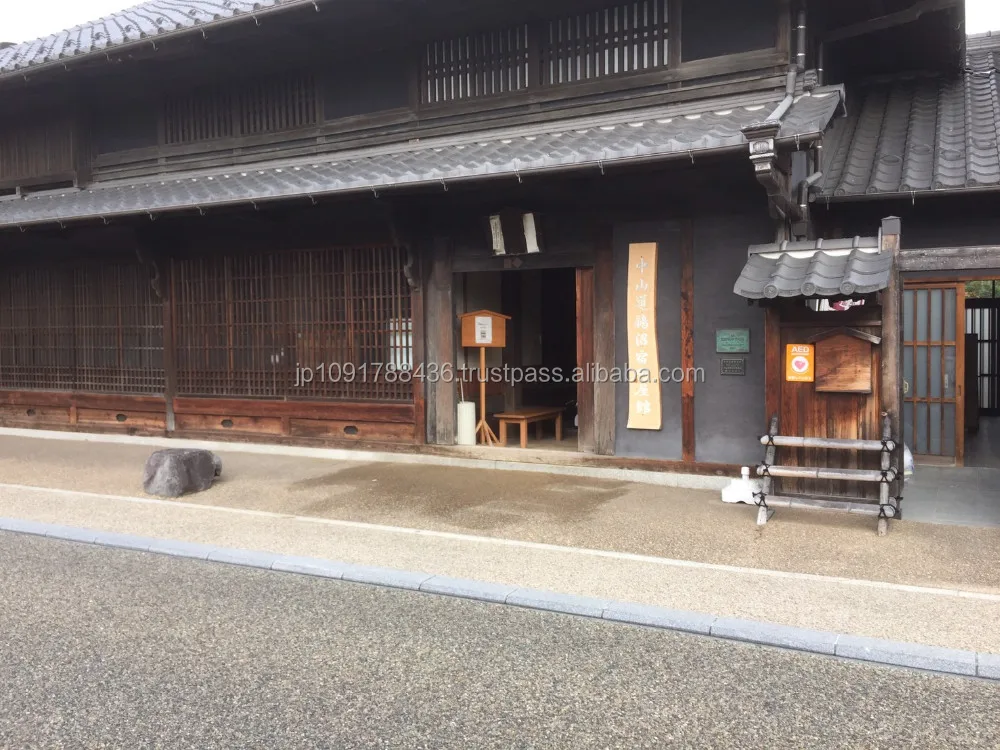Export materials and products
Export materials and products
Wadolla was invented to destroy the image of the kimono being hard to put on and for people who may find it difficult to wear kimono.

History of Japanese kimono
Kimonos as we know them today came into being during the Heian period (794-1192). Originally, kimono was the Japanese word for clothing. But in more recent years, the word has been used to refer specifically to traditional Japanese clothing. They have been known as the straight-line-cut method, it involved cutting pieces of fabric in straight lines and sewing them together. Kimonos were easy to fold. They were also suitable for all weather: They could be worn in layers to provide warmth in winter, and kimonos made of breathable fabric such as linen were comfortable in summer. These advantages helped kimonos become part of Japanese people’s everyday lives.
Nowadays, the kimono is always used in important festival or formal moments, it is the representative of polite and a very formal clothing.
Japanese people wear kimonos for such occasions as weddings, funerals, tea ceremonies, or other special events, such as summer festivals.

Why Japanese kimonos are special?
Traditionally, kimonos are sewn by hand, even machine-made kimonos require substantial hand-stitching. Kimono fabrics are frequently hand-made and decorated.
Besides, Techniques such as yuzen dye resist are used for applying decoration and patterns to the base cloth. Repeating patterns that cover a large area of a kimono are traditionally done with the yuzen resist technique and a stencil.

Why you should choose us?
– Based on traditional kimono, we have developed new products – Wa dora which can easily to wear even for the first time wearing.
– Special design from professional.
– Best price with Japanese high quality standard.
– Small lot order avaiable.
– Best price
– Free Consultation
– Excellent Service


Guidelines for proper care of kimono
– Let the kimono hang to air out on a dry day for one hour or more before you store it. However, do not leave it on a hanger for days. Otherwise, it may fade or lose its shape.
– Avoid humidity. It can stain the silk, and it is a good idea to wrap the kimono in thin paper.
– Put a layer of paper in the drawer before you store the kimono and moth-balls are highly recommendable. However, always remember to wrap the moth balls in paper, or else the may stain the kimono.
Washing Kimono
1. Fill a bucket with cool water.
2. If required, stir in a small drop of mild, non-alkaline detergent or baby shampoo.
3. If the water in your area is hard, add a little Borax substitute to soften it.
4. Place your kimono in the bucket and gently swirl for a minute or two, taking care not to scrub at it or leave it in for too long.
5. Rinse the kimono carefully to remove any suds.
6. Air dry outdoors on a hanger away from direct sunlight.
7. Do not wring it out, tumble dry it or iron it, as such treatment will damage the fabric.
8. Make sure it’s completely dry before folding and storing.
Please feel free to contact us if you need further information.
We are a member of Showa Concrete Industry Group.